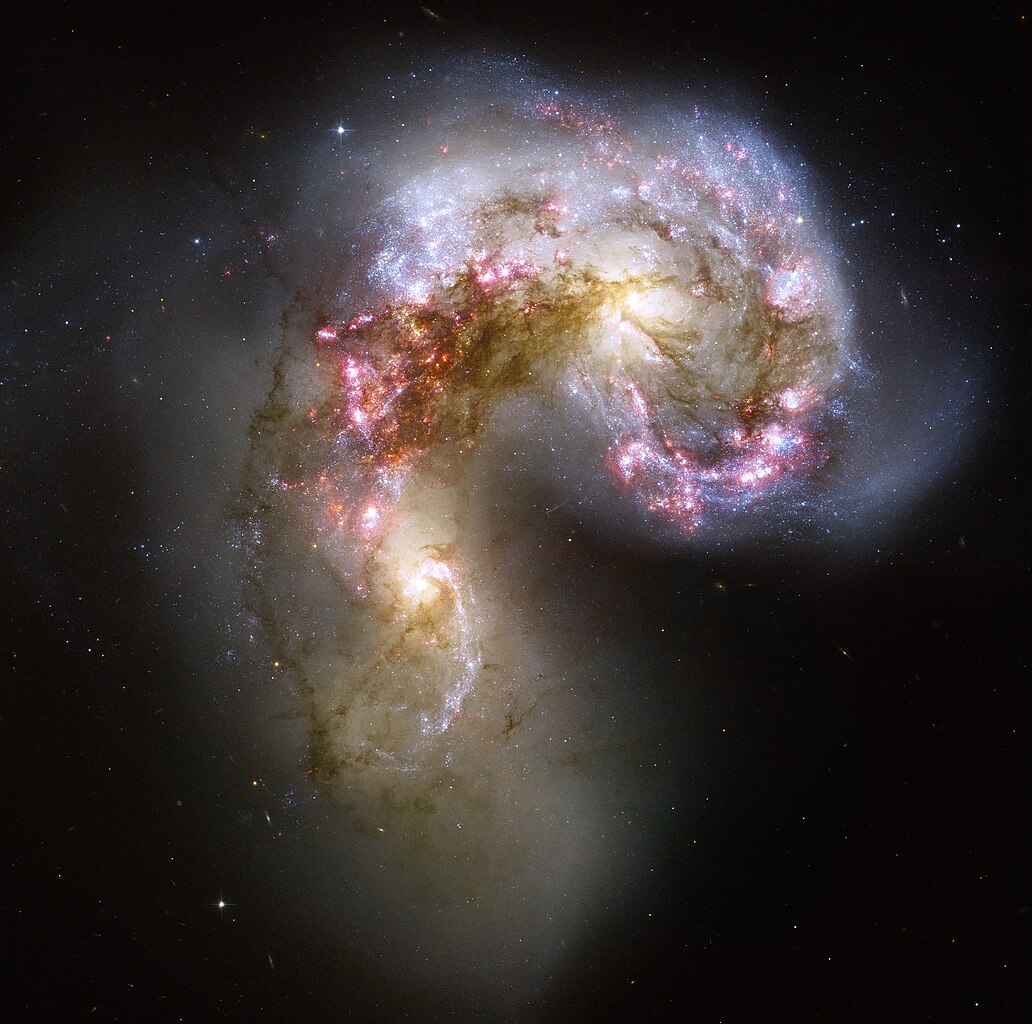Overview of my research
What I do, in simple words
Current theory predicts that galaxies are infinitely dense at their centers, but they are flatter. I study rainbows of light from galaxies about 100–1000 times less massive than our own Milky Way and look for signatures or “fingerprints” of Helium and other elements. I use these fingerprints to figure out if these galaxies are forming stars in intense bursts, and how long these bursts last. This could be the missing piece to complete the puzzle in our understanding of the universe.

My research aims to answer the following questions:
- Is star formation in distant low-mass galaxies bursty?
- What is the timescale of these star bursts?
- How do these bursts contribute to the stellar mass assembly in galaxies?
- Do the state-of-the-art models and simulations match the observations?
In our current understanding of the universe, there is a fundamental problem of structure formation: the cusp/core problem. There is a discrepancy between our observations of dwarf galaxies and the dark matter haloes predicted by the ΛCDM model.
Pure dark matter simulations predict a central cusp, where the central density of the dark matter halo varies as ρ ∼ r⁻¹. This is inconsistent with observations of the rotation velocity of neutral hydrogen as a function of radius, which indicate a flatter core in low-mass galaxies. Some solutions have been proposed, including warm dark matter, which challenges our current cosmological framework.
Bursty star formation offers an alternative explanation within the ΛCDM model. During a burst episode, gas is rapidly driven out by supernovae, causing the central region to expand and reduce in density. Over many such episodes, a nearly constant distribution can be formed — consistent with observations.
However, there’s insufficient evidence of bursty star formation beyond the local universe. This is what my research focuses on — investigating the existence of bursty star formation at intermediate redshifts: 0.4 ≤ z ≤ 0.6 (7–9 billion years after the Big Bang).
These star bursts occur on timescales of a few to tens of millions of years. Although we may find galaxies in the midst of a burst, we often don’t know how long the episode lasts.
I use spectra from ground-based and space-based telescopes to identify these starburst signatures, and then constrain their durations through modeling. These constraints improve galaxy formation models so they better match observations.
List of Publications
Pharo, J., Guo, Y., …, Teppala, T., et al.
Dwarf Galaxies Show Little ISM Evolution from z ∼ 1 to z ∼ 0: A Spectroscopic Study of Metallicity, Star Formation, and Electron Density
2023, ApJ, 959, 48Pharo, J., Guo, Y., …, Teppala, T., et al.
The Dwarf Galaxy Population at z ∼ 0.7: A Catalog of Emission Lines and Redshifts from Deep Keck Observations
2022, ApJS, 261, 12